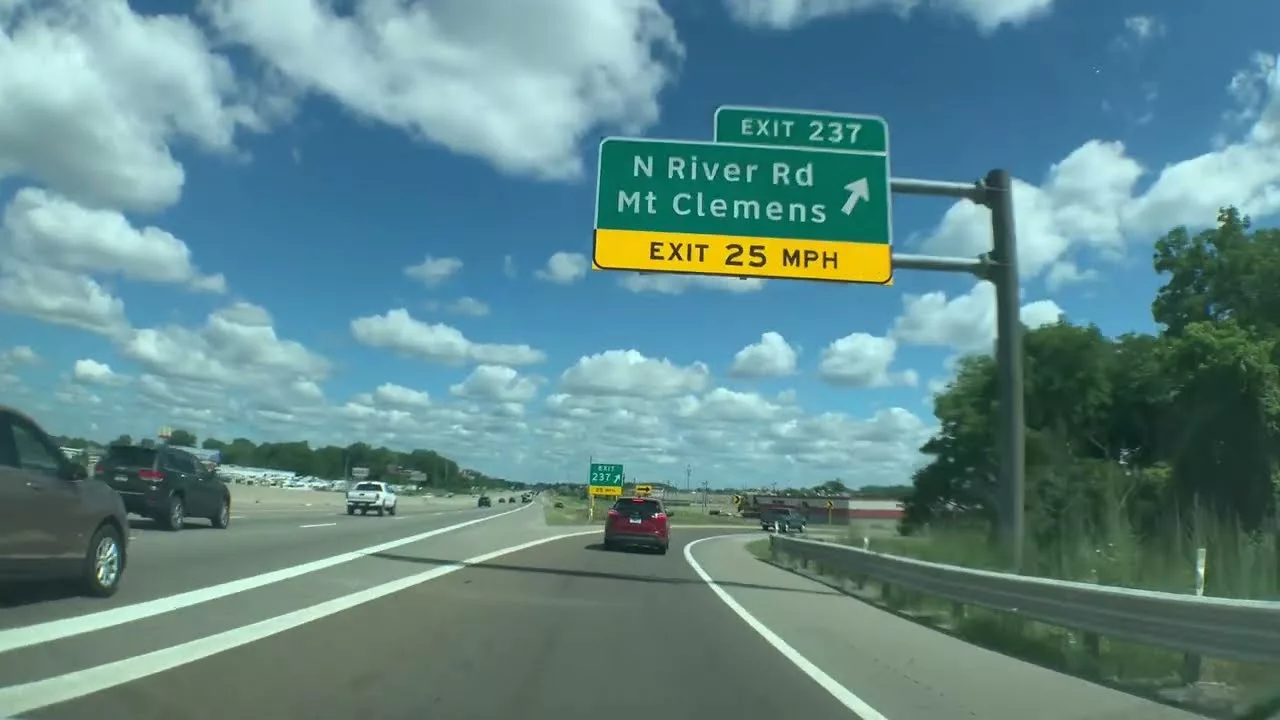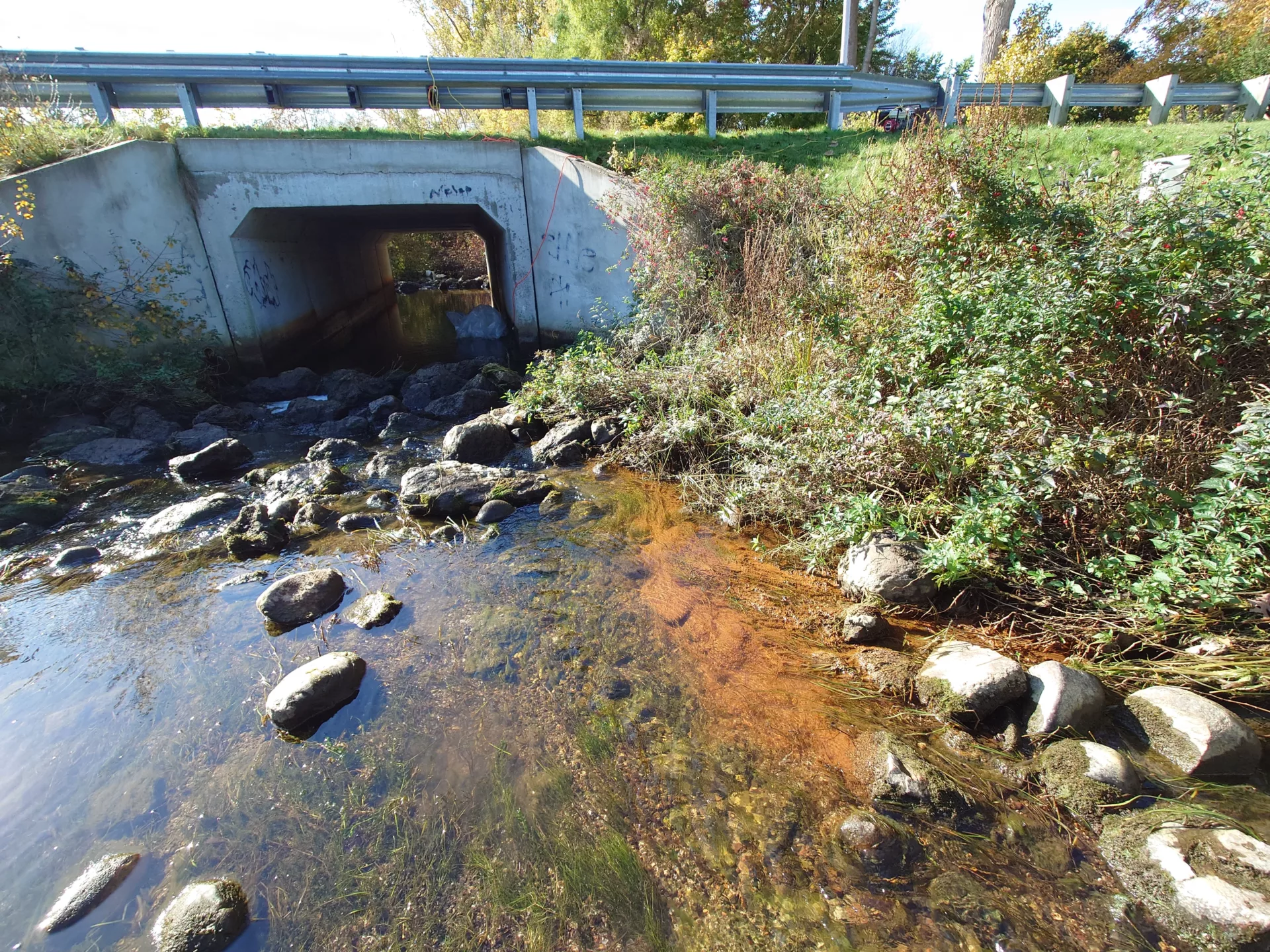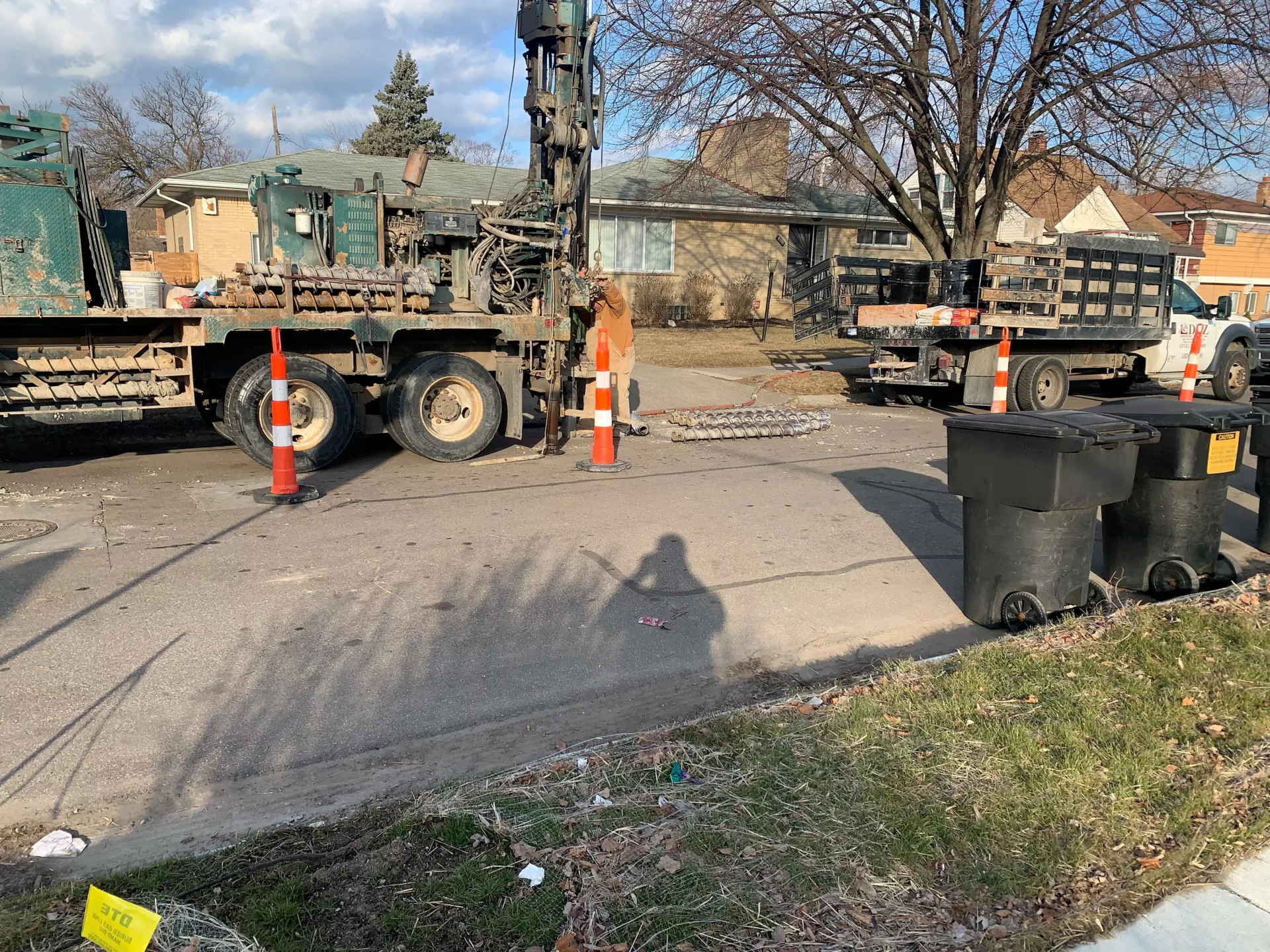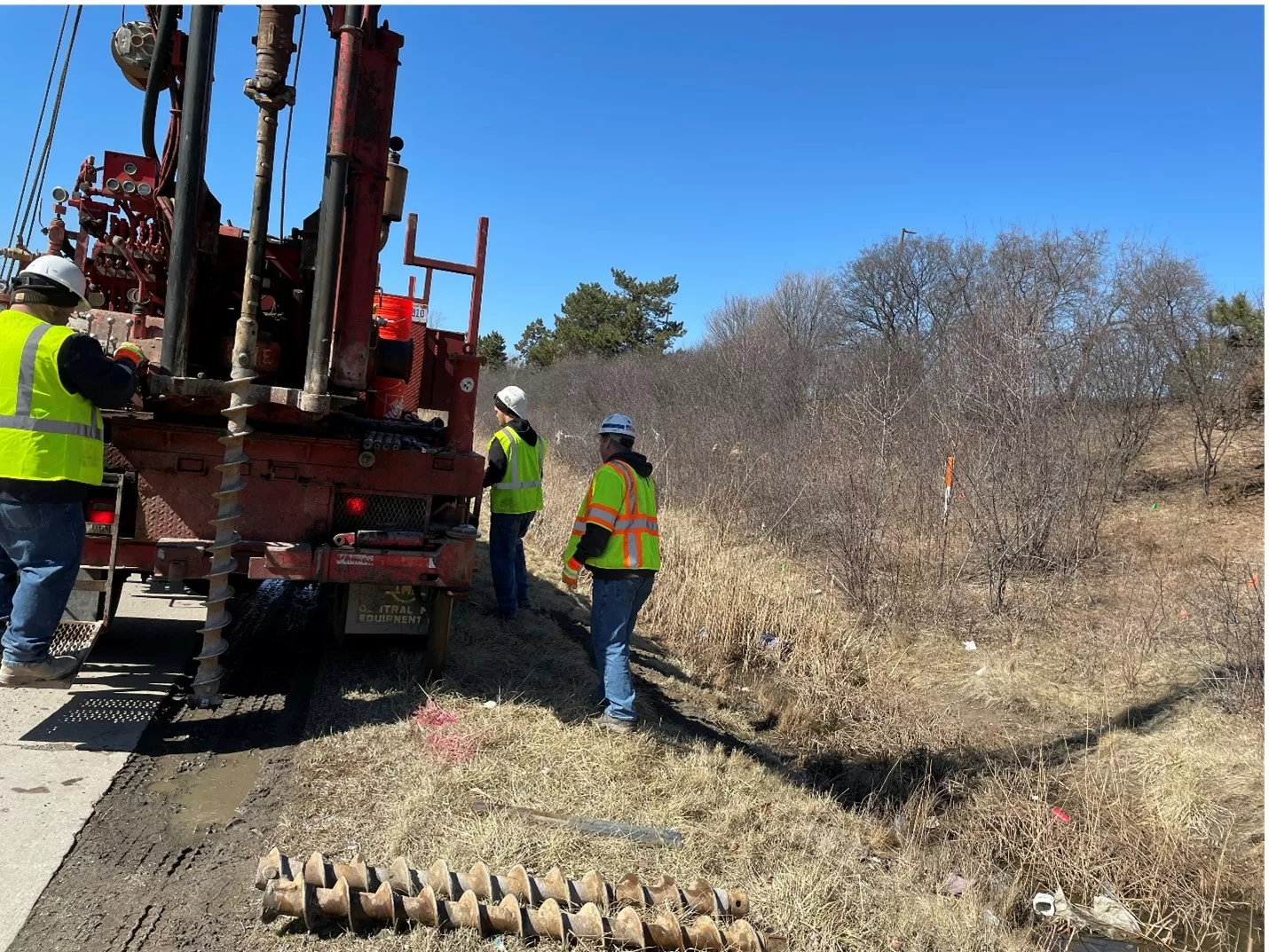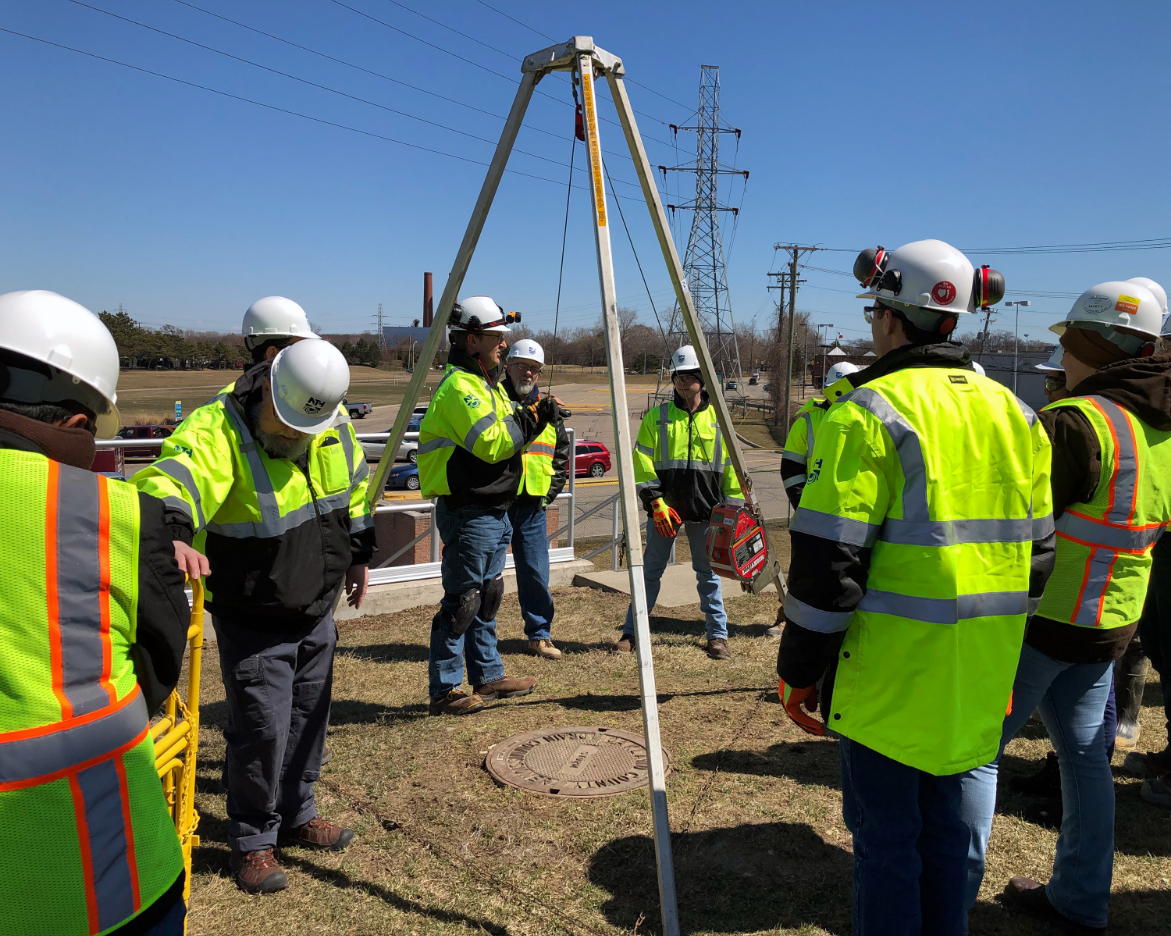Project Overview
For the Clinton River/ I-94 North River Road water main tunnels in Mt. Clements, MI, NTH initially provided preliminary geotechnical investigations for the Detroit Water and Sewerage Department (DWSD) to identify the general subsurface conditions along the proposed watermain alignment. Test borings and testing of the recovered samples was done to evaluate subsurface conditions that could be anticipated for crossings of the proposed water main beneath the Clinton River and along the North River Road on/off ramps. The Clinton River Spillway Reach used the same methods of preliminary geotechnical investigations. The investigation methods involved drilling a total of ten test borings, eight for the Clinton River and I-94 Ramp reach and two for the Clinton River Spill Way reach, taking soil samples throughout the depth of each boring. Based on the findings of the investigation, NTH provided 9 construction options for mining beneath the Clinton River/ I-94 Ramps and 3 options for mining beneath the Clinton River Spillway based on the soil conditions and the evaluations.
Project Scope
During the construction of the tunnel under the Clinton River in Mt. Clements, the tunnel flooded on March 13, 2003. The heading of the tunnel was identified as the source of the leak. NTH, at the request of DWSD, attended a meeting with the contractor, L.D Agostini & Sons and DWSD as part of our services on the WS-606 project. The idea of moving forward with the project by sealing the leak was not recommended due to concerns that the leak could not be reliably sealed due to the disturbed conditions. NTH staff recommended that a cofferdam constructed of steel sheet piles should be placed around the TBM such that the enclosed soils could be excavated and the machine removed from within the cofferdam. This would allow for the TBM to be retrieved and repaired on the surface. After weighing cost and time factors, NTH and DWSD concluded that it was not practical to introduce the repaired TBM back into the tunnel due to the potential risk of a future leak.
On March 28, 2003, NTH sent a letter regarding the concept of recovery for the WS-606 tunnel below the Clinton River. NTH engineers devised a solution of using an earth filling technique combined with open cut construction techniques to complete the water main. This earth filing technique was determined to have the least risk and lowest cost to complete the water main. The approach involved filling one half of the river width, within the area of the watermain crossing, with stone and clay and proceeding with pipe installation within an open cut excavation. The open-cut trench would be supported by a heavy trench box and steel plates extending below the bottom of the box into the sandy soils. NTH also recommended that the box and plates be installed in wet conditions and then the interior dewatered, to minimize soil movement.
In addition, NTH recommended that once the tunnel boring machine was removed from the currently flooded tunnel, the 90-ft long mined tunnel would be filled with grout, and the watermain would be installed at a higher elevation. This recommendation was made to lower risk as well as costs for the final open cut installation solution.
Project Challenge
During the construction of the tunnel under the Clinton River in Mt. Clements, the tunnel flooded on March 13, 2003. The heading of the tunnel was identified as the source of the leak.
NTH Solutions
NTH engineers devised a solution of using an earth filling technique combined with open cut construction techniques to complete the water main.
Client Benefit
This solution benefited the client by lowering the risk and costs for the final open cut installation solution.
